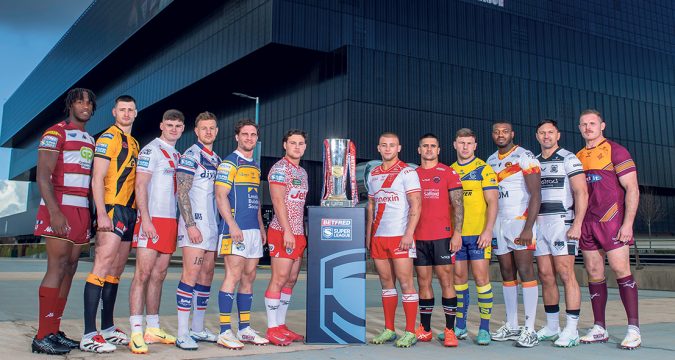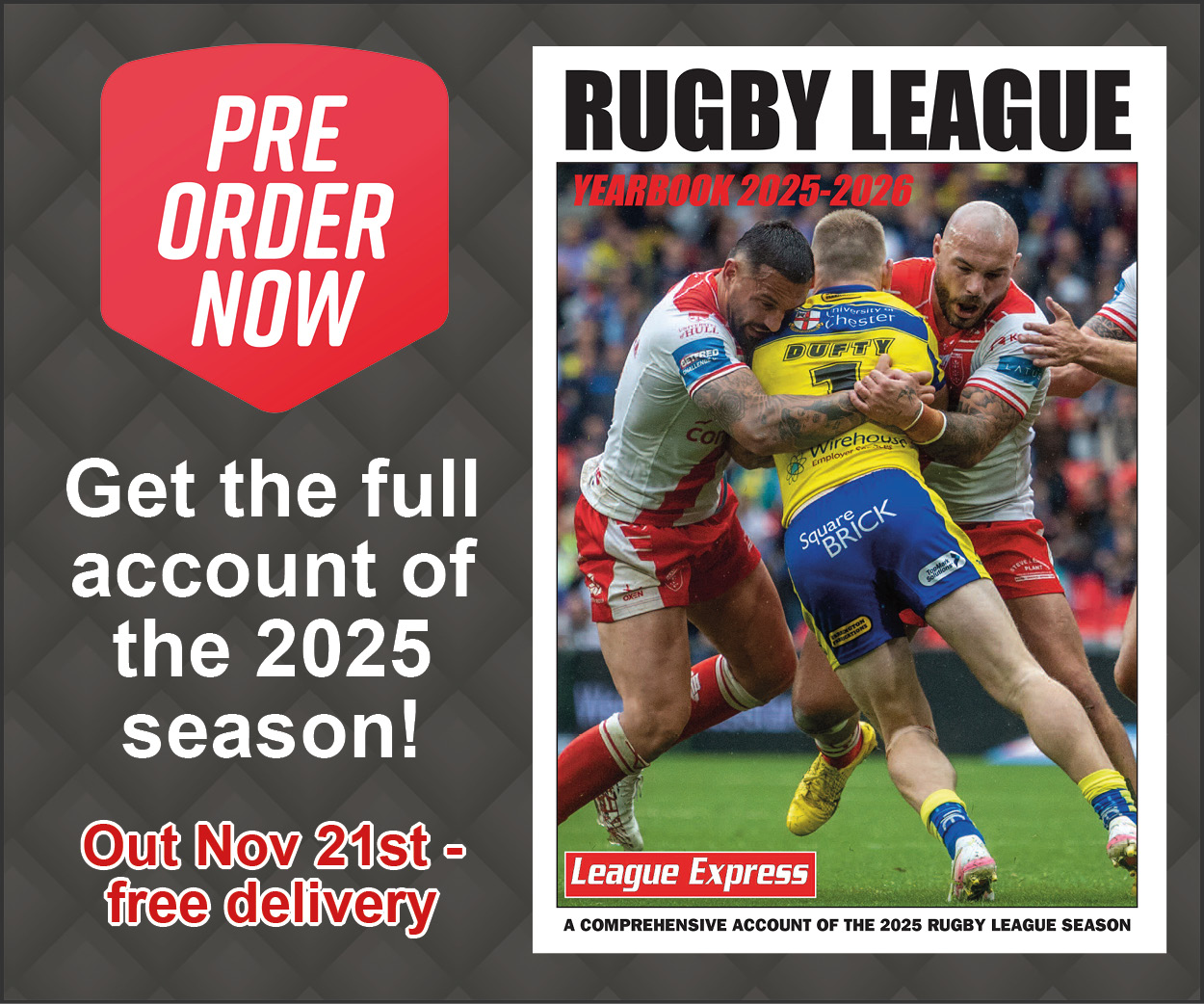 LAST week, as everyone now knows, the twelve Super League club owners met at Headingley and decided that they would like to expand their competition to 14 clubs from next year.
I hope they made the right decision, but I'm not filled with confidence.
Like most observers, I don't like the loop fixtures in Super League.
So for that reason I w
LAST week, as everyone now knows, the twelve Super League club owners met at Headingley and decided that they would like to expand their competition to 14 clubs from next year.
I hope they made the right decision, but I'm not filled with confidence.
Like most observers, I don't like the loop fixtures in Super League.
So for that reason I w Talking Rugby League: Is 14 the right number for Super League?
 LAST week, as everyone now knows, the twelve Super League club owners met at Headingley and decided that they would like to expand their competition to 14 clubs from next year.
I hope they made the right decision, but I'm not filled with confidence.
Like most observers, I don't like the loop fixtures in Super League.
So for that reason I w
LAST week, as everyone now knows, the twelve Super League club owners met at Headingley and decided that they would like to expand their competition to 14 clubs from next year.
I hope they made the right decision, but I'm not filled with confidence.
Like most observers, I don't like the loop fixtures in Super League.
So for that reason I w 
